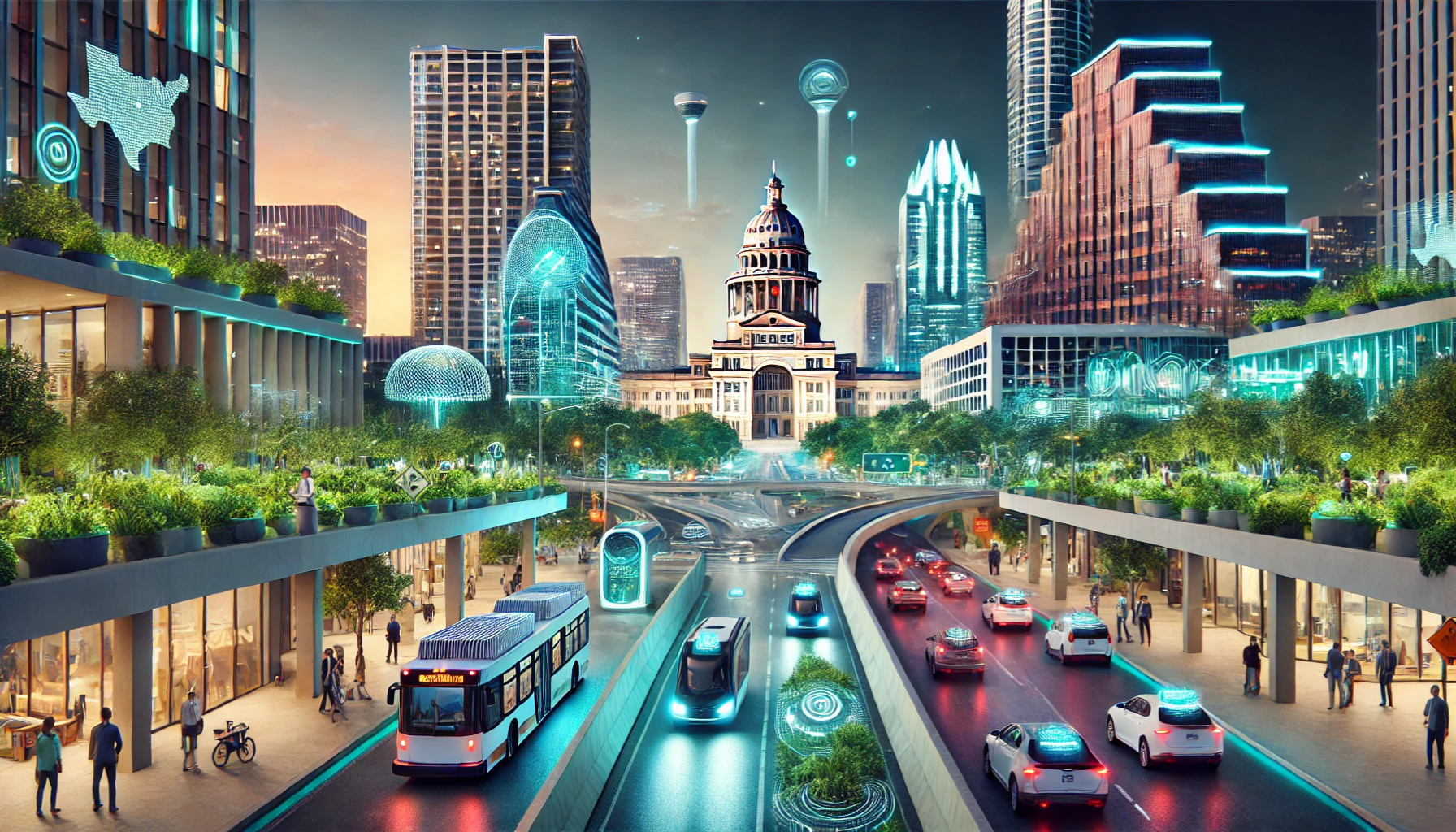Is Austin A Smart City?
Austin, Texas, has increasingly been recognized for being a smart city that embraces technology and innovation in its urban living. In this blog, we go into the various initiatives and features that make Austin a smart city. We look at its innovations in transportation, sustainability, and community engagement.
What Defines a Smart City?
A smart city incorporates digital technology into its operations to enhance performance and capture improvement leverage in service delivery with its citizen engagement. Key characteristics of a smart city include:
Data-Driven Decision Making: Use of data analytics in the planning of cities and management of resources.
Sustainable Practices: The implementation of environmentally-friendly initiatives that reduce environmental impact.
Smart Infrastructure: The integration of technology in transportation, utilities, and public services.
Smart City Initiatives of Austin
Austin has spearheaded a number of initiatives that are focused on positioning the city as a smart urban community. This was to promote better mobility, enhanced public safety, and economic growth.
Smart Transportation Solutions
The city of Austin is implementing several upgrade works in its transportation system by integrating smart technologies. It has introduced the following:
Smart Stations: These are hubs that integrate various mobility services, such as public transit, bike-sharing, and electric vehicle charging stations. They aim to provide seamless travel options for residents and visitors alike1.
Connected Corridors: These are for optimization in the regulation of traffic flow, bringing safety with it. Austin could manage, with sensors and in real time, traffic signals much better than in the past to reduce congestion and enhance travel time.
Sustainability Efforts
Sustainability forms one of the main components of the Austin smart city strategy through carbon footprint reduction by:
Electrify Vehicle Adoption: Austin Energy is at the forefront of adopting city-wide fleets of electric vehicles, inclusive of public transit buses and taxis so that transportation is also covered fully with renewable sources of energy.
Green Infrastructure: The city will invest in greenery that adds to the environmental resiliency, with rain gardens, permeable pavement, and efficient buildings.
Community Engagement and Innovation
Success in Austin involves the citizens in the smart city process. The city inspires innovation through:
Collaborating with Local Universities: For instance, the University of Texas at Austin conducts various research works that will lead to the development of new technologies in solving urban challenges.
Public Participation: Austin organizes workshops and forums among the community, through which their sentiments can be expressed regarding the urban development initiatives.
Challenges Ahead
While Austin has taken impressive strides toward being a smart city, challenges still remain. Issues ranging from affordability to data privacy, all the way to the concept of technology equity themselves need to be talked about, so that developments make sense for all its citizens. To ensure that every resident can benefit from these advancements, it's essential to foster community support and services, such as those provided by Sparkly Maid Austin, which help maintain a clean and welcoming environment for all.
Affordability Issues
There is also the very real danger that, as technology becomes part of daily life, the poorer residents could be left behind. This means it is crucial that there is equity in smart service access to maintain social cohesion.
Data Privacy Issues
More use of data means more responsibility to protect the privacy of residents. Austin needs to have strong data governance policies that will protect personal information while it's being used for urban planning.
Conclusion
Austin's journey into being a smart city has been one of commitment to innovation and sustainability. With its use of technology in transportation, environmental practices, and community engagement, Austin is more or less a model example for other cities desiring similar transformations. However, it's how the city tackles affordability and privacy challenges, especially for those looking move out cleaning of traditional living arrangements, that will define if all its residents can move forward with this technological evolution.
To find more information on smart initiatives that are taking shape in our cities, keep watching as Sparkly Maid Austin provides local updates.
Lastly, Austin is leading in urban innovation with the evolvement into a smart city. The input put in by the city improves not only the living standards but also a model for sustainable urban development that other cities can look up to. To learn more about our cleaning services that contribute to maintaining a clean environment in this vibrant city, check out Sparkly Maid Austin.
